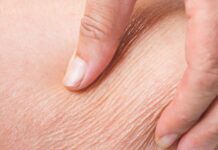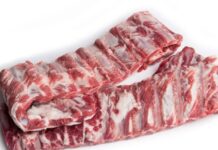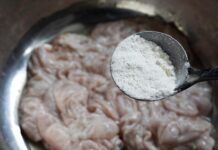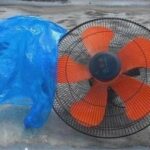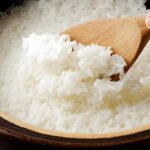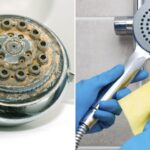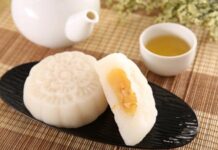Even stainless steel appliances with an anti-fingerprint coating should be cleaned regularly to maintain their shiny appearance. If you’ve ever (or have tried) cleaning stainless steel, you may have encountered the unpleasant experience of the surface looking dirtier than when you started. That’s because not all cleaning products are effective on stainless steel, whether they leave streaks, give off strong chemical smells — or perfectly clean other surfaces but leave stains on stainless steel.

Below are the most effective methods for cleaning stainless steel appliances, as recommended by experts.
How to Clean Stainless Steel Appliances
What You’ll Need
- Rubber gloves to prevent smudging the appliance by leaving additional fingerprints.
- Dish soap to cut through grease, which is ideal for cleaning stainless steel.
- A small bowl of warm water — or a nearby sink — will do.
- Three small microfiber cloths that won’t scratch the appliance as you wipe it down. You’ll need two cloths for washing and one for drying.
- A non-abrasive sponge with a soft scrubbing side to help tackle stubborn stains.
Depending on the size of the appliance, it may take anywhere from 10 to 30 minutes to clean.
Before You Begin

Check the user manual beforehand for any specific instructions. (If you don’t have a hard copy, do a quick online search with the brand and model number of the appliance to find a PDF version.)
Many articles suggest cleaning stainless steel appliances with vinegar, but according to a representative from the Hygiene Institute of America, the acidity of vinegar can corrode stainless steel. On the other hand, dish soap — or a cleaner specifically designed for stainless steel — won’t damage the metal.
If your stainless steel appliance has a fingerprint-resistant coating — it’s been treated with a special finish to help repel dirt and fingerprints — the same techniques outlined below can be applied.
Wipe Down the Surface
Depending on the appliance you’re cleaning, remove any obstructions (such as magnets or suction cup hooks). Don rubber gloves. Dampen a microfiber cloth with warm water and wipe down the stainless steel until it’s moist. Starting with a wet surface will make it easier to work with the dish soap.
Next, dampen another microfiber cloth and add a drop or two of dish soap. Begin wiping down the appliance gently. You may need to dampen the cloth periodically and add a bit more soap depending on the surface area of the appliance and how dirty it is.
Tackle Stubborn Stains
Most stains will easily be removed with the dish soap and cloth solution. However, some stains can be quite stubborn (especially in the kitchen); for these, use the soft side of the non-abrasive sponge with the same mixture of dish soap and warm water. For particularly tough stains, you may need to alternate between circular and up-and-down scrubbing motions.
Rinse (and Rinse Again)
Thoroughly rinsing away soap residue can be tricky — and messy. Some people avoid this by mixing a soapy water solution, but it’s not necessary when cleaning stainless steel. Successful rinsing depends on two things: limiting the amount of dish soap you use and always having a wet, soap-free cloth on hand during the process.
When wiping away soap residue with the wet, soap-free cloth, remember to occasionally rinse out the cloth with clean water to prevent soap from spreading across the surface. You’ll know you’re done when there are no more soap suds — just a wet surface.

Dry the Appliance
Use the third microfiber cloth to dry the stainless steel. The easiest way to avoid streaks is to hand-dry the entire appliance instead of air-drying it. However, if you don’t have time to hand-dry the appliance, you can avoid streaks by wiping evenly during the cleaning process.




